The following piece was written by Michael Erdman, the Head of the Middle East and Central Asia Section at the British Library. He received his doctorate from SOAS in 2018 for a dissertation on the writing of history in Turkey and the Soviet Union in the 1920s and 30s.
***
Turkic languages are used by over 200 million people across Eurasia, from the Balkans in the west to Sakha Republic in eastern Russia, and from Siberia in the north to Iran in the south. Since Turkic communities first accepted Islam in the 10th century CE, they have used the Arabic script to record the languages they speak. Arabic letters were employed as written idioms emerged, from Ottoman Turkish in the west to Azerbaijani and Chagatai, the literary language of Turkic Central Asia and Turkestan. They were even used by communities that had not adopted Islam wholesale, such as the Chuvash.
When the Soviet and Turkish governments proposed Latinization of the Turkic languages in the 1920s, the mismatch between what Arabic letters offered and what Turkic languages needed was a common justification. According to intellectuals in both countries, the Arabic script is bad at handling vowels, while Turkic languages are rich in vocalic sounds. Arabic is often referred to as an abjad, which, unlike an alphabet, has letters for consonants and semivowels, but not for vowels. Add to that the claim that the abjad was a relic of the past, and it was easy to see why pundits across Eurasia were calling curtains on the ālifbā’. In the words of Mirza-Bala Mehmetzade, an exiled Azerbaijani intellectual, in 1939:
“With the acceptance of Western culture, the Arabic script lost its importance. It could not express the new civilization. [This situation] necessitated the adoption of the Latin alphabet, the official alphabet of Western civilization, and the disposal of the Arabic script, which was never suitable for the Turkish language.”
Mehmetzade wasn’t alone in making these claims. The shift to national communities from religious ones saw many Turkic intellectuals paint Arabic as an uncomfortable relic of backwardness, incompatible with mechanized, scientific modernity. There are flaws in this interpretation, however. Many peoples who used the Arabic script had no difficulties adopting European modernist terminology. And the Arabic script did indeed present Turkic speakers with opportunities for creative problem solving around phonology: it just took political will to make such efforts bear fruit.

Contemporary examples abound of Turkic languages that continue to use the Arabic script, making this realization less than earth-shattering: Azerbaijani in Iran; Uyghur, Kazakh, and Kyrgyz in China; and Uzbek in Afghanistan. Far from marginal groups, these communities account for tens of millions of people. Turkmen-speakers in Iraq adopted the Latin alphabet, and Istanbul Turkish, as their official language in 1997, but this wasn’t imposed in schools until 2005. In Bulgaria, Turkish continued to be printed in the Arabic script right up to 1945, facilitated by a ban on Latin after 1934.
In many cases, the abjad has been supplemented by new signs to convert the semivowels yaa’ (ې) and waw (ۉ and ۋ), and occasionally the consonant haa’ (ه), to full vowels. By adding these vowels, the Arabic script has effectively become an alphabet, representing vowels and consonants each by their own graphemes, without abandoning a sense of continuity with centuries of Turkic written production.
Given the fact that it clearly is possible to adapt the Arabic script to Turkic languages’ sounds, why are so many of these languages written in Latin or Cyrillic script today? Over the course of the 20th and 21st centuries, these ideas about the lack of unsuitability of Arabic-script to Turkic have persisted. To understand why this might be the case, we need to return to the first years of Soviet rule, when Arabic was replaced by Latin as early as 1922, six years before the same process was adopted in Türkiye. For Turkic languages under Soviet rule – including Azerbaijani, Uzbek, Kazakh, Tatar, and many others – scholarly focus often lands on switches from Arabic script to Latin and then, later, to Cyrillic.
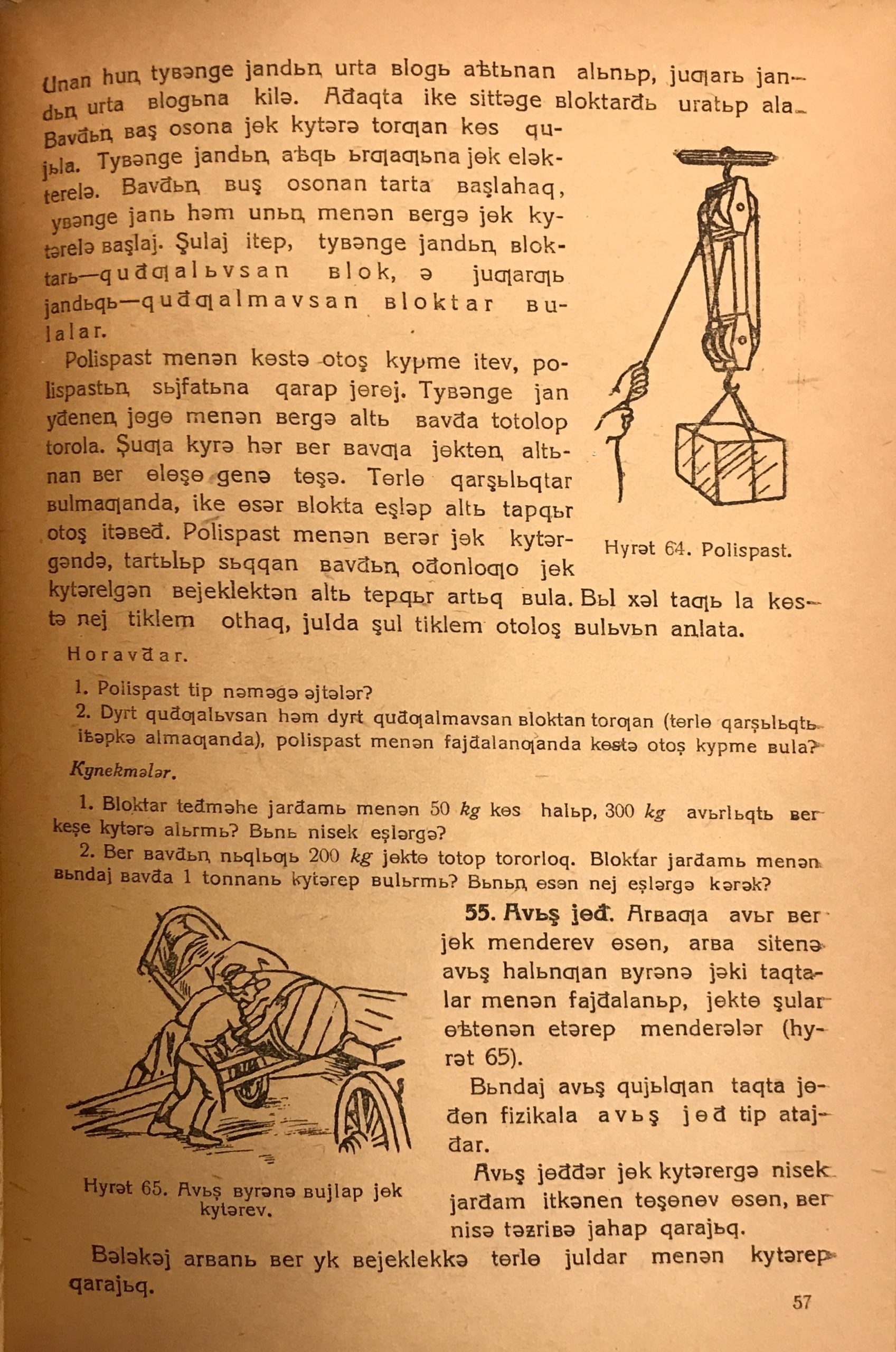
Between 1922 (in Azerbaijan) and 1927 (across the whole USSR), all languages using the Arabic script were formally shifted to the Latin alphabet. Latin script was perceived as more scientific, as it showed both vowels and consonants, and free from the connotations of Russification associated with the Cyrillic script. For over a decade, this was the norm across the Soviet Union. In the late 1930s and early 1940s, however, Latin was replaced by multiple Cyrillic alphabets, each one tied to a specific community and containing unique additional letters. The decisions were taken by individual sub-Union governments but smacked of top-down Russification and divide-and-rule nationalities policy. The movement to replace Latin with Cyrillic after just a decade had bare political motivations. This is one reason cited for the re-adoption of Latin across Turkic polities post-1991.
The bluntness of the Cyrillicization campaign, and the no-less political decision to revert to Latin post-1991, means that we can easily miss out on details of the original script, Arabic. Soviet justifications for the move presaged the same decision by Ankara in 1928, revolving around phonological suitability and visual connections to Islamic culture and civilization. Arabic script thus fell into the category of ‘residuals’ or ‘survivals’, cultural markers that were reminders of a pre-Soviet, pre-Socialist past that had no place in the new, atheist world of the Dictatorship of the Proletariat.
The first, as we’ve seen, was blatantly untrue: Arabic script had served Turkic languages well for centuries, and was easily adjusted to account for new vowels. The second relies on a problematic conceptualization of the abjad exclusively through the lens of religiosity, equating Arabic script with Islam. Arabic-script Turkic works produced in the Russian Empire and Soviet Union from the 1910s until 1927 bear witness to myriad efforts at script reform and reimagination. And they did so with texts on a variety of topics linked to modern science: cotton production; women’s hygiene; and school budgets, demonstrating that the script was not “stuck in the past” or exclusively religious, as detractors claimed.
Thinkers from Crimea to Kazan have tinkered with the use of the Arabic script since the mid-19th century. Sometimes, as in the case of the Tatar intellectual Kayum Nasyri, this implied the addition of existing letter forms to words and particles to reflect local pronunciations. In Azerbaijan, Mirza Fathali Axundzadǝ argued for the vernacularization of the written language, and the reflection of local Caucasian Azerbaijani speech forms in written texts, rather than relying solely on the Istanbul-centric Ottoman Turkish norms.
Even in Crimea, where renowned Jadidist journalist Ismail Gasprinski held fast to a conservative approach to written Turkic, cultural activists started adding in additional letters to reflect the way people spoke. Until this time, a unified form of Turkic based on Istanbulite Ottoman Turkish had been promoted with the aim of providing intelligibility across geographical space. These activists brought written Crimean Turkic texts closer to the lived experiences of the populations they were intended to reflect.
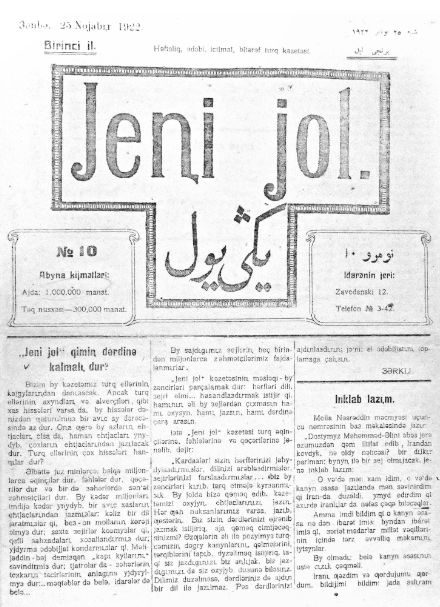
These alterations were pretty tame when compared with what followed the October Revolution and the Russian Civil War. With the establishment of Soviet power and the pursuit of korenizatsiia, new cadres of Indigenous activists and intellectuals in each Soviet Republic started to alter the way Turkic communities expressed themselves in writing. This didn’t happen uniformly across the Union. In Azerbaijan, the official preference for Latinization meant that experimentation occurred in it, rather than in Arabic script, which remained relatively faithful to pre-1917 forms until 1927.
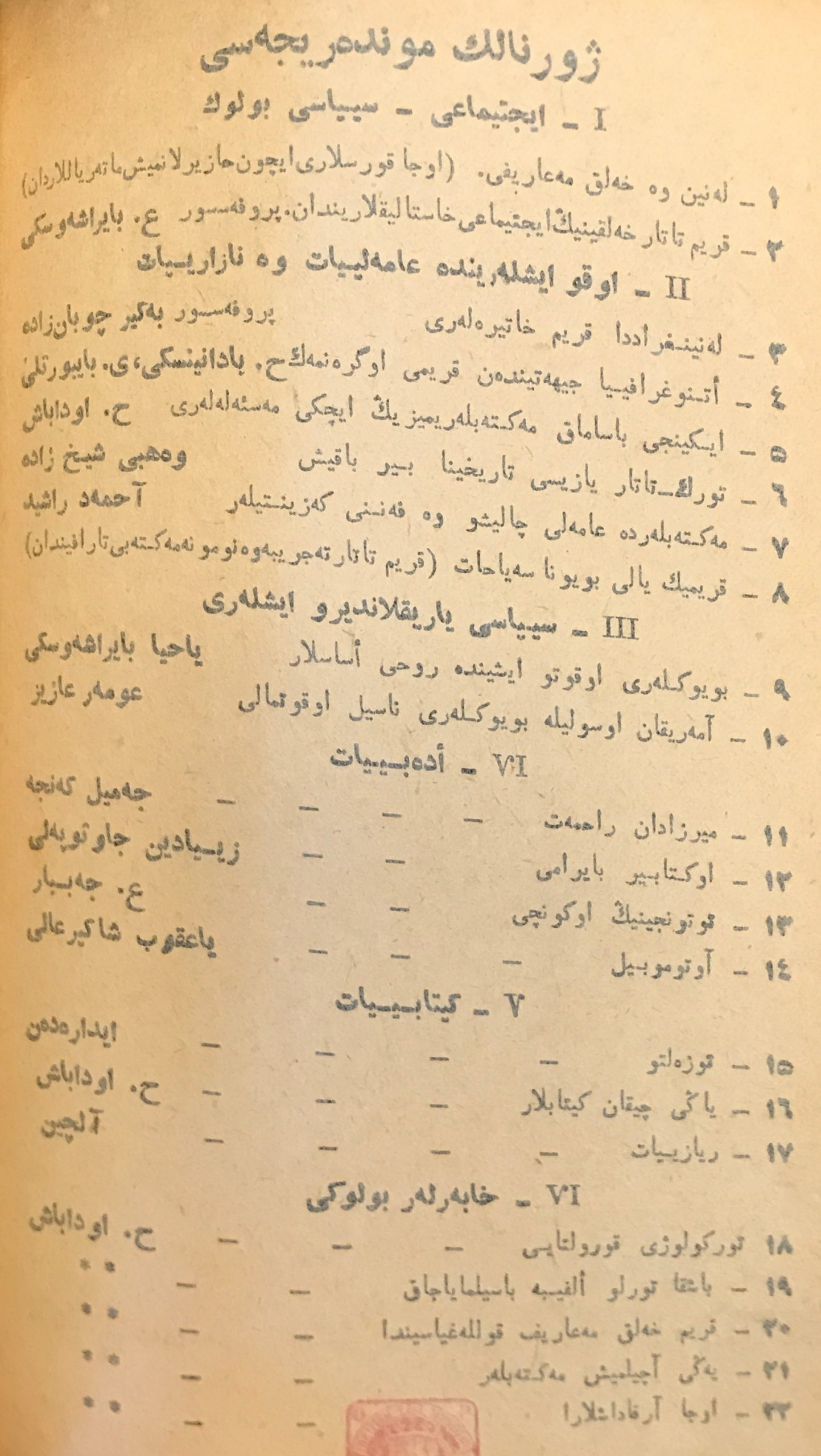
In Central Asia, Siberia, and Crimea, the Arabic script and orthography were changed rather than abandoned. Sometimes, this meant that existing graphemes were added to words to make vowels visible. Other times, as in Uzbekistan in 1923, new letter forms were introduced to eliminate confusion between different vocalic articulations.
These usually took the form of the standard semi-vowels و and ي complemented by diacritics above or below. For example, مندرجە (mundarija) ‘contents’ became مۇندەريجە. Other letters, deemed superfluous to the phonology of the Turkic languages (ط, ص, ظ, etc.) were replaced by non-velar counterparts or dropped altogether, as in مەخسوس (maxsus) ‘special’ instead of مخصوص.

This was a creative, malleable, and highly dynamic process running in tandem with the creation of bounded national languages. Intellectuals and state officials both collaborated and competed to promote their own interpretations. Hundreds of magazines and monographs published in this period attest to the desire to disseminate new scripts.
They also show that the intra-Turkic divisions embodied by Cyrillicization and decried by anti-Soviet activists were achievable in the Arabic script as well. Look for a word like milli(y), meaning national, common enough in Crimean (ميللى) and Azerbaijani (ملي) magazines from this period. Words that could have remained uniform across the Union, thanks to their common Perso-Arabic origin, suddenly show up in different forms, each identifiable as belonging to a new national orthography.
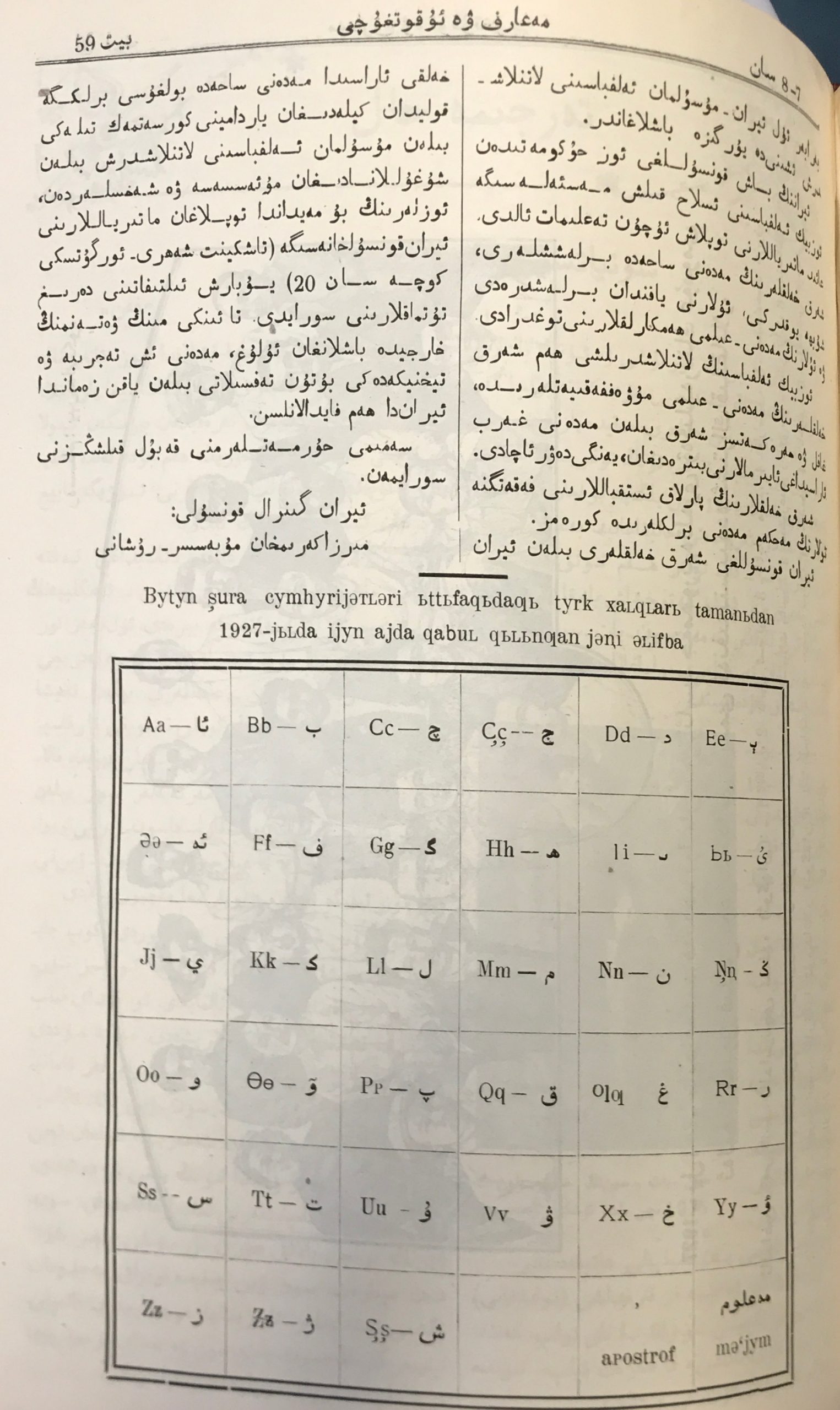
This creativity, largely, if not exclusively, produced by Indigenous intellectuals and activists, came to a gradual close in the late 1920s. Moscow mandated a three-year period for the Arabic-to-Latin conversion and by 1930 most publishing houses complied. The gradual shift allowed for industries related to printing and publishing to prepare themselves, and provided breathing space to teach readers the new script.
Indeed, Arabic-script magazines from the period are filled with explanations of the Latin alphabet, like faithful apparatchiks producing their own obituaries. This contrasts with Turkey’s very abrupt imposition of Latin, which had to be accomplished in just one year. Those who had learned to write in Arabic script continued to do so in private papers and correspondence. But the aggressive educational campaigns of the Stalinist period meant the new Latin script spread rapidly.
Despite continued personal usage, however, the lack of public presence for or patronage of these innovative Arabic scripts deprived them of necessary resources. New fonts were not cast, and graphic designers had no reason to innovate further. In the USSR, these writing systems descended into the realm of arcane scripts.
Their story, however, doesn’t end here. At least not on a global scale. Latinization meant that script management became yet another front in the war between the Soviets and their opponents at home and abroad. Several exile groups retained the use of the Arabic script right up to the Second World War, and occasionally beyond, as a mark of their rejection of Moscow’s authority.
From Paris to Tokyo, a handful of magazines showcased Turkic attachment to the Arabic script. Yash Turkiston (ياش توركستان; Paris), (Yanga) Milli Yul (ياڭا ملى يول; Berlin/Warsaw), Milli Bayrak (ملى بيراق; Mukden), and Yanga Yapon Möxbire (ياكا ياپون مخبرى; Tokyo), as well as a host of others from Helsinki, Cairo, Peshawar and Delhi, created outlets for exiled Turkestani, Tatar and Bashkir intellectuals to insist on Arabic script’s place in the Age of Extremes.
Their approaches spurned the inclusion of the new diacritics and graphemes of the 1920s while embracing the vernacularization of spelling and orthography. Exiles, however, were perpetually short of cash, and running a printing press, let alone producing new type, is a very expensive affair.
Exiles in Europe were lucky to have Berlin-based presses capable of producing Arabic-script texts fairly routinely, a luxury not accessible to those looking to publish in Warsaw. In Japan and Manchuria, however, the lack of a suitable Arabic-script printing press complicated matters greatly. Publications were occasionally copied by hand until Arabic type could be imported from Turkey, where it was now obsolete, with the financial support of Japanese patrons.
Thanks to the valiant efforts of Ruqiya Möhammadish, a tireless translator, editor, and author, the Tatar publishing industry gradually took root, although typesetters were perpetually in short supply. This state of affairs made experimentation in orthography and typography exceptionally difficult, if not impossible. But the exiles continued to demonstrate Arabic-script Turkic’s potential for contemporary creative output well into the 1940s.

The final chapter of this saga is in the immediate post-War period, when Düsseldorf-based accused Nazi sympathizer Vali Qayumxon revived Millij Türkistan, a Turkistani periodical connected to the Turkestan Legion. It appeared in both Latin and Arabic scripts and lasted a few years before succumbing to financial pressures.
Given exiles’ mass emigration to Turkey in the late 1940s and early 50s, the script was largely abandoned for the Turkish alphabet in the Cold War period. But their publications, and those of the early Soviet period, remain as a testament to these creative potentialities. Indeed, Arabic script continues to be used by fellow Turkic-speakers in other countries, such as Uzbeks in Afghanistan and Azerbaijanis in Iran, as well as by traditional calligraphers and artists across Eurasia.
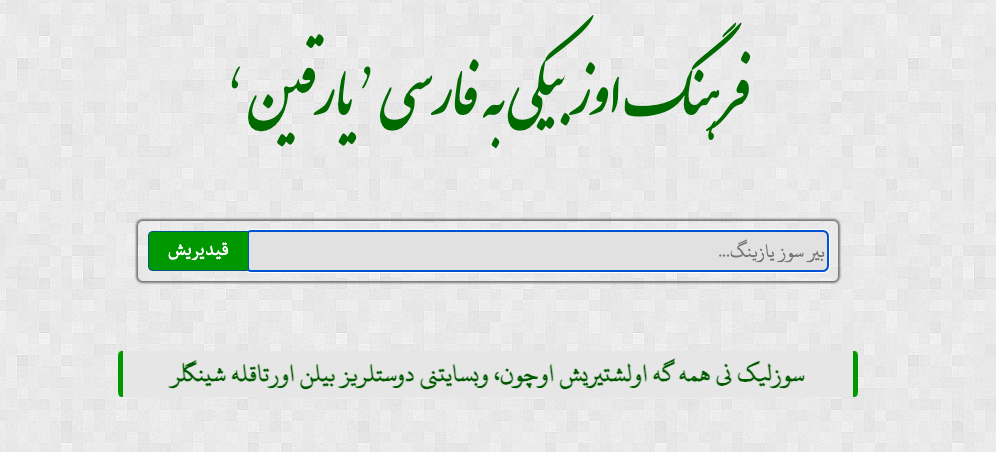
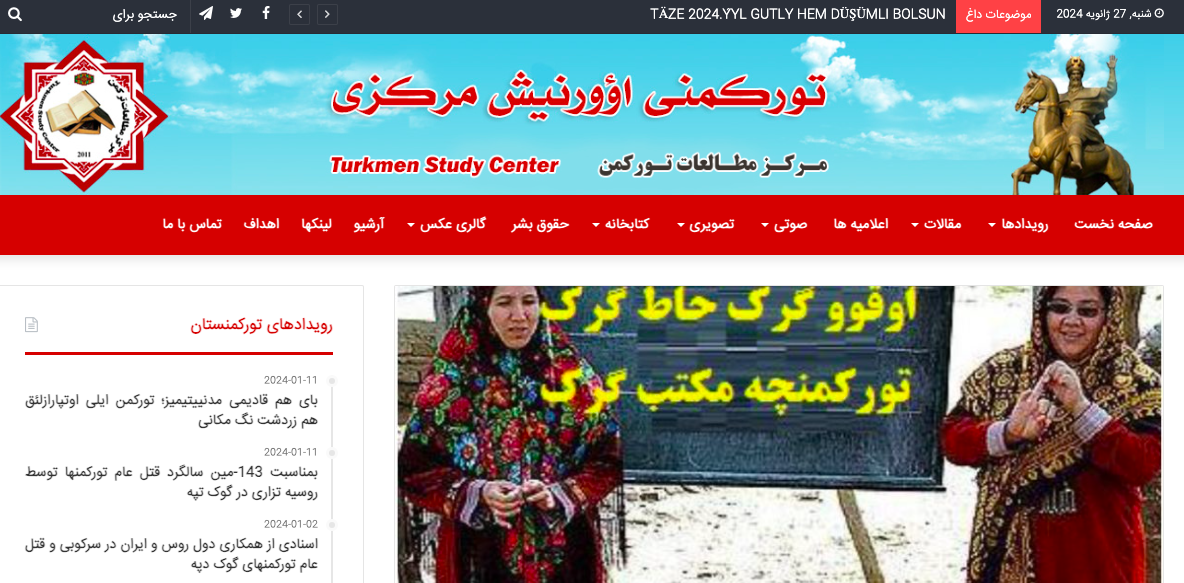
Nationalizing regimes claimed that the abjad was unsuitable, backwards and outdated, arguments that continue to circulate in Turkic-speaking communities today. Thanks to easier access to historical sources about Turkic publishing, and the power of the internet to connect Latin- and Cyrillic-users to the texts of Arabic-script Turkic producers, whether from the 1920s or the 2020s, such claims no longer go unchallenged.
The poetry and prose of the early Soviet writers, the exile authors, and Turkic intellectuals from Iran, Afghanistan and China makes clear that Arabic script did and does provide a productive vehicle for Turkic cultural expression.
References
Baldauf, Ingeborg. Schriftreform und Schriftwechsel bei den muslimischen Russland- und Sowjettürken (1850-1937) : ein Symptom ideengeschichtlicher und kulturpolitischer Entwicklungen. Budapest: Akadémiai Kiádó, 1993.
Erdman, Michael. “Publishing the Nation: Periodicals and Nation-Building in Soviet Turkic Communities, 1921-1937,” in Tim Satterthwaite and Andrew Thacker, ed., Magazines and Modern Identities: Global Cultures of the Illustrated Press, 1880–1945 (London: Bloomsbury, 2023).
Erdman, Michael. “Vehicularizing the vernacular: using the periodical press to popularize vernacular languages in Soviet Turkic communities.” Central Asian Survey, 2023. DOI: 10.1080/02634937.2022.2154750
İsaxanlı, İsaxan. “Fərhad Ağazadə və Latin Əlifbasına Keçid.” Journal of Azerbaijani Studies, 6(3-4), 2003: 14-72.
Kirimli, Hasan. “The “Young Tatar” Movement in the Crimea, 1905-1909.” Cahiers du Monde russe et soviétique, 34(4), 1993: 539-560.
Mirza-Bala [Mehmetzade]. “Ruslaştırılmış alfebenin hedefi Türk milletlerini ortadan kaldırmaktır.” Kurtuluş: Azerbaycan Millî Kurtuluş Hareketinin Organı Aylık Mecmua, March 1939.
Usmanova, Larisa. The Türk-Tatar diaspora in Northeast Asia : transformation of consciousness : a historical and sociological account between 1898 and the 1950s. Tokyo: Rakudasha, 2007.
Uzunel, Nurgül. “Milli Türkistan”: Türkistanlı Muhacirlerin Avrupa’daki Dergisi 1942-1975. Istanbul: Ayaz Tahir Türkistan İdil-Ural Vakfı, 2016.


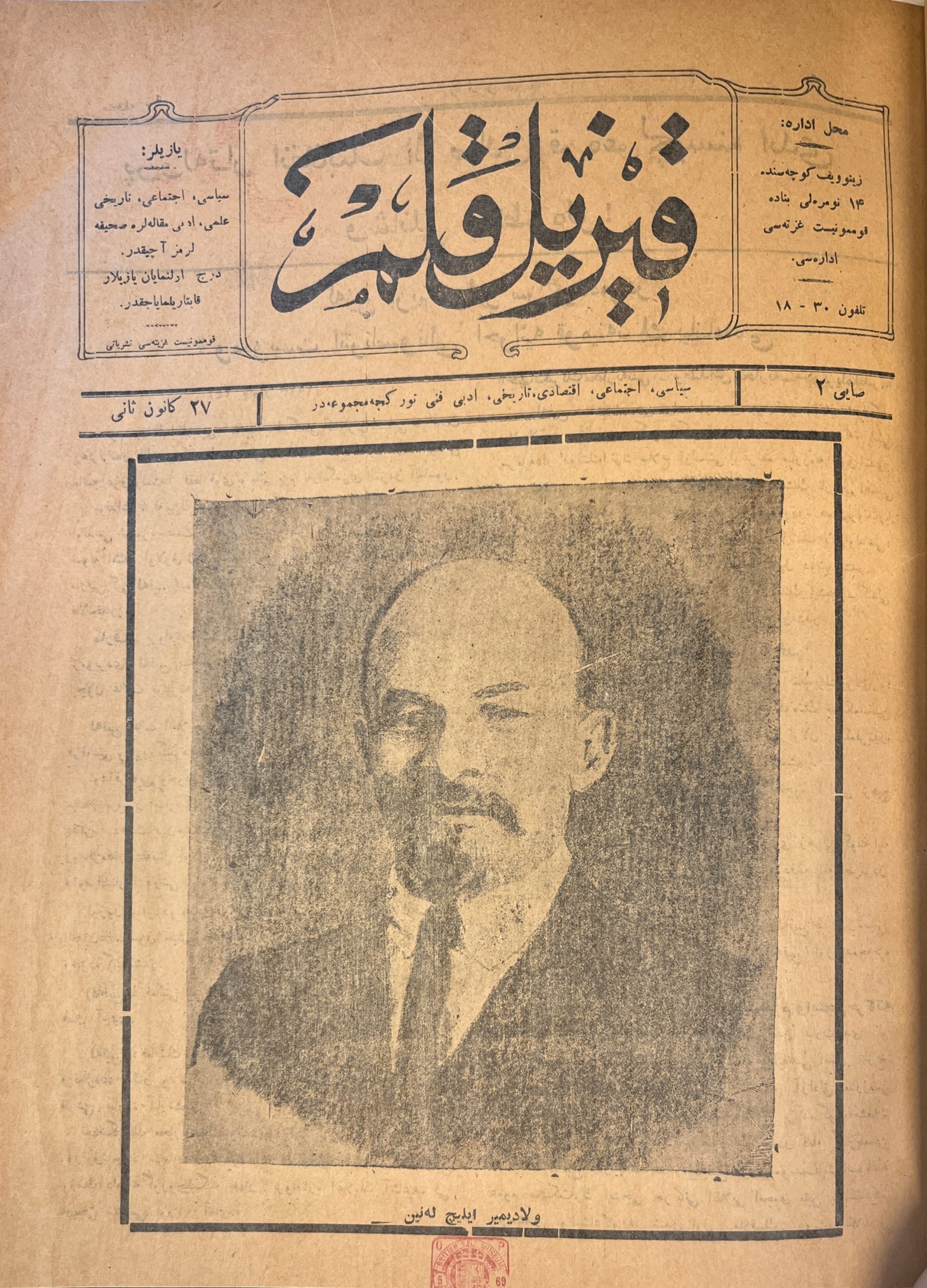
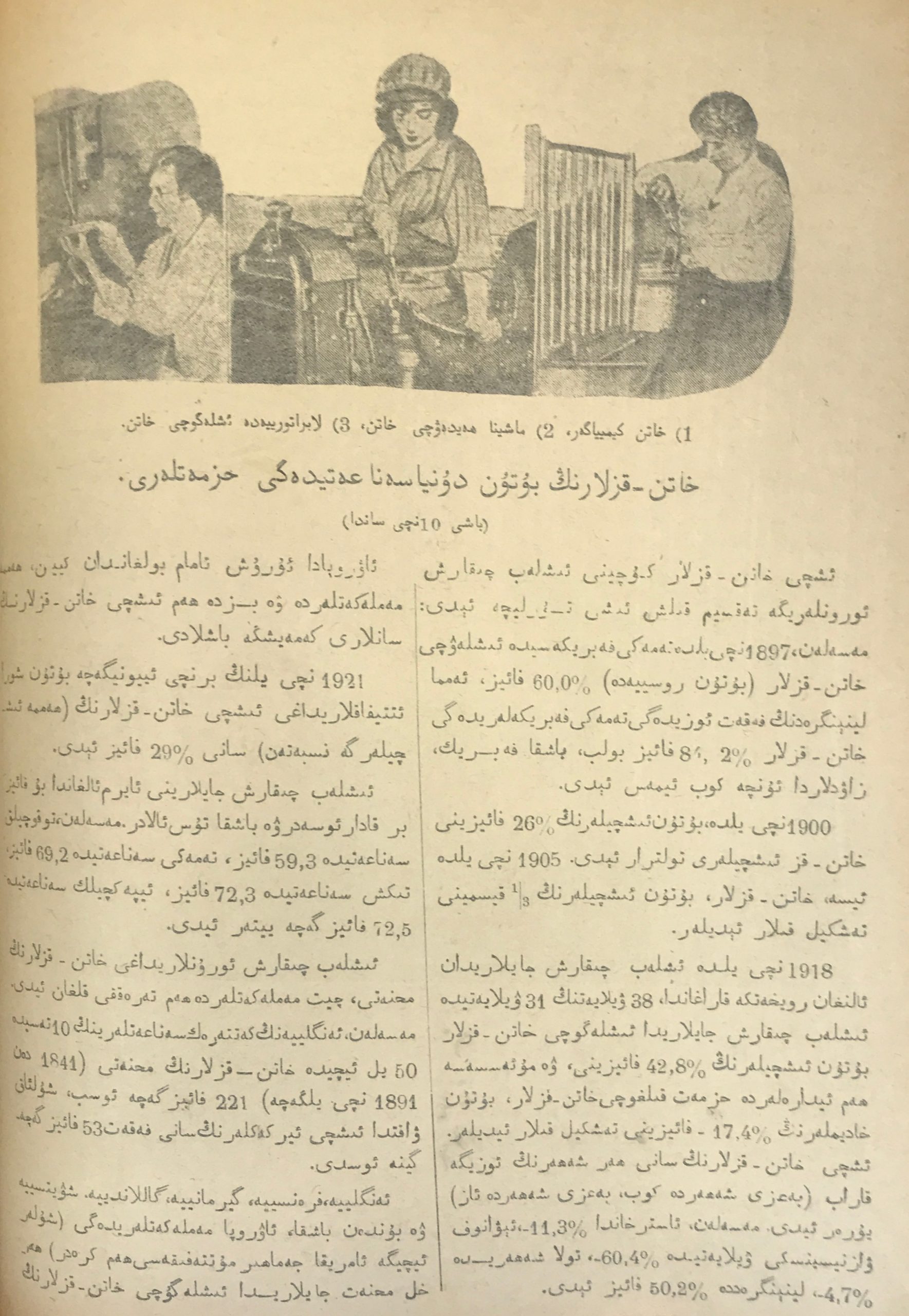
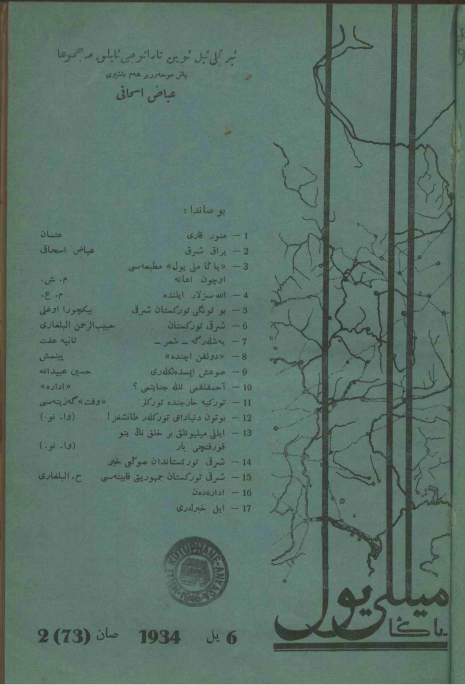










1 comment
Great article